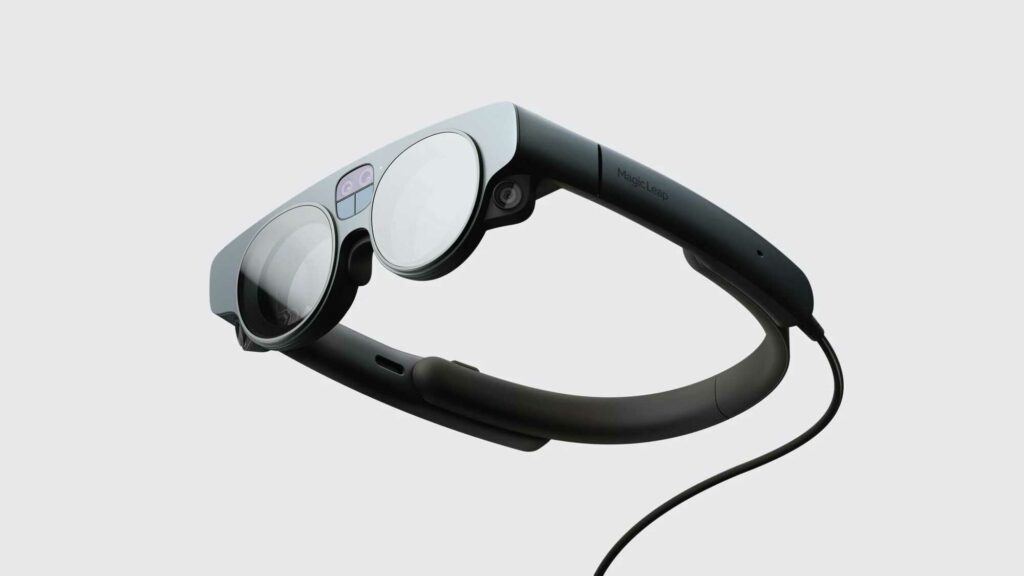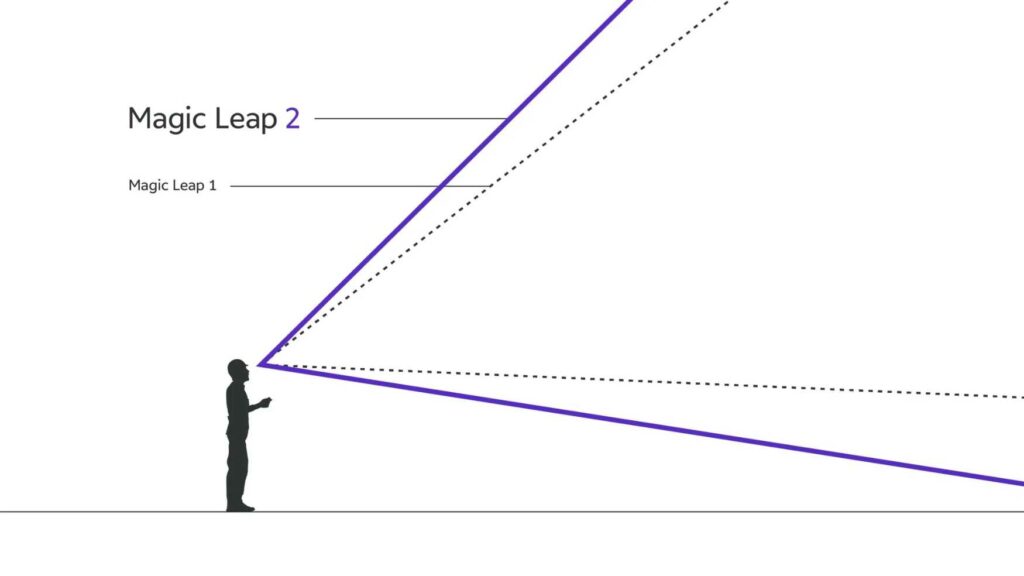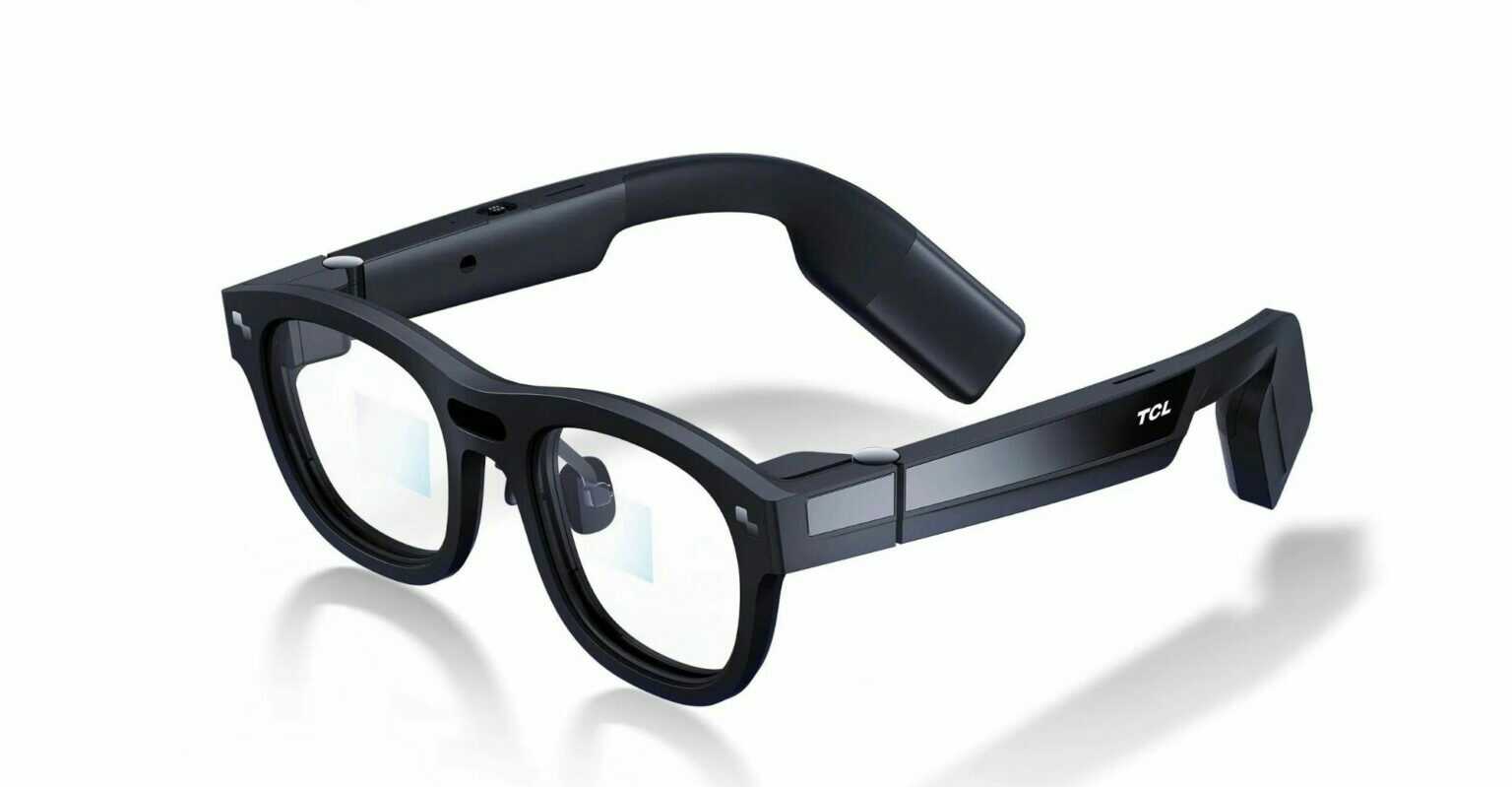More companies have joined the augmented reality (AR) race with Snap Inc., Magic Leap, and TCL among those announcing the launch of their own wearable smart glasses at the just ended Consumer Electronics Show, or CES, 2023.
CES is the world’s number one tech show. It offers companies and users a first look at next-generation tech innovations cutting across computers, smart home gadgets, TVs, cars, and more. For this year, the event was held in Las Vegas, U.S. from Jan. 5 to 8.
The show attracted 3,200 exhibitors from more than 170 countries and regions, according to reports. Exhibitors showcased innovations in sustainability, transportation and mobility, digital health, artificial intelligence (AI), virtual reality (VR), augmented reality, and more.
Also read: Next, AI-Designed Proteins for Medicine
Smart glasses bring AR to life. Almost
Smart glasses that combine aspects of augmented reality drew attention at CES 2023. Snap Inc released the first version of its smart glasses known as “Spectacles” in 2016 and began to incorporate AR elements in its third generation product last year.
The California-based company highlighted the improved “Spectacles” in Las Vegas. They are a pair of AR goggles equipped with a dual 3D waveguide display and a 26.3 degree diagonal field of view (FOV) – the amount of screen area where users can realistically see AR stuff.
Spectacles also include what the company claims to be immersive AR lenses that can be overlaid on the world and can be used for both indoors and outdoors thanks to an adjustable display.
Snap’s new creation will with the aid of augmented reality creators figure out new ways to merge fun and utility through immersive AR. The AR goggles are not for sale but will be made available to AR innovators around the world.
TCL announces ‘oversized’ AR smart glasses
Spectacles is not the only product that combines reality and augmented reality in the market at the moment. Lately, more companies have come up with new optical AR products. It includes Chinese technology giant TCL Electronics.
TCL announced the launch of its RayNeo X2 AR glasses at the CES 2023, describing the pair of frames as having a “subtle and lightweight body for everyday wear.” However, some tech analysts have criticized the glasses for “their comically oversized nature.”
“If augmented reality glasses become a groundbreaking product category, they will need to look similar to regular prescription glasses,” said Will Shanklin writing for Engadget. “TCL is showcasing…how tall an order that still is.”
TCL said the RayNeo X2 “harnesses pioneering binocular full-color MicroLED optical waveguide displays.” At this stage, the glasses are not aimed at the end user, giving the firm time to fine tune the product. The prototype RayNeo X2 will start shipping to developers by end of March.
TCL’s glasses run on the Qualcomm Snapdragon XR2 platform, the same chipset found in Facebook’s Meta Quest 2 VR headset. The glasses come with an all-in-one assistant feature ranging from smart navigation, auto-translation to photography and playing music.

Its MicroLED display has 100,000:1 contrast ratio and can reach a brightness of 1,000 nits,”which could help make its visuals readable in bright sunlight. CNET reported that TCL “will offer prescription inserts that allow you to use them in place of regular glasses.”
TCL revealed its “smart GPS” navigation system utilizes simultaneous localization and mapping, or SLAM, to overlay virtual directions while highlighting landmarks that are in the vicinity. The RayNeo X2 can play music softly without anyone else around you hearing it.
The glasses also allow users to make calls on-screen and can deliver message pop-ups or translate in-person conversations with real-time subtitles, according to TCL. It has a built-in camera for capturing so-called first-person videos, still pictures and time-lapse photos.
Magic Leap 2 wants to make a leap
In another report, MetaNews covered the Mojo lens, a high tech contact lense that gives a sci-fi like view of their world. The tech can be used for a number of real world applications such as aiding in driving, meetings, military and medical industry.

Magic Leap has been considered a pioneer in augmented reality, but the company appears to have flattered to deceive. Many people expected Magic Leap to lead the world into the era of AR after it raised $2 billion in funding in early 2020.
But with a single headset going for $2,300, the product found no takers within the developer and creator community. There were other reasons that contributed to the failure, including a lack of user-friendliness, and the issues sort of put paid to Magic Leap’s AR ambitions.
At CES 2023, the company showcased its new Magic Leap 2 headset, launched officially in September. The new device is reported to be an improvement on the Magic Leap 1 headset. It actually costs much more than the first one, $3,300, though it is not focused on the end user.
It is now focusing on enterprise customers instead. According to the company, now led by former Microsoft executive Peggy Johnson, Magic Leap 2 is a light head-mounted device with a larger field of view of 70 degrees that allows users to see both their physical and virtual worlds.

With this FOV, users can see taller projects without moving their heads up or down, it claims. For its latest model, Magic Leap developed a custom architecture that incorporates aspects of what is known as liquid crystal on silicon, or LCoS, to make images visible to our eyes.
The system combines with a new eyepiece design to deliver the 70 degrees field of view. Engadget reports that Magic Leap 2 “has flatter lenses and slimmer arms, making you seem less like a bug-eyed dork and more like an engineer or surgeon gearing up for a big project.”
Medical uses of AR
Lance Ulanoff is a tech expert from New York. He tested the Magic Leap 2 (ML2) augmented reality headset at CES this year. He believes the product made some improvements.
“Magic Leap is a hot spot at CES 2023. Nice to see the company has dropped the secrecy and seems to have found its path in the enterprise. Headset is pretty comfortable, puck is a little heavy, but that keeps the 2.0 headset light. FOV impressive,” Ulanoff said.
Magic Leap is a hot spot at #CES2023. Nice to see the company has dropped the secrecy and seems to have found its path in the enterprise. Headset is pretty comfortable, puck is a little heavy, but that keeps the 2.0 headset light. FOV impressive. #CES2023 pic.twitter.com/3eCB63yO99
— Lance Ulanoff (@LanceUlanoff) January 5, 2023
Peggy Johnson said ML2 has obtained certification from U.S. state agencies for its flagship AR headset that will see it being used in medical procedures. She added that the certification permits Magic Leap 2 to be used in an operating room and clinical settings.
This enables surgeons to focus on the patient and not focus too much on 2D screens. Apart from medical, the device can also be used in industries such as defense to health care rather than consumers more broadly.









 and then
and then